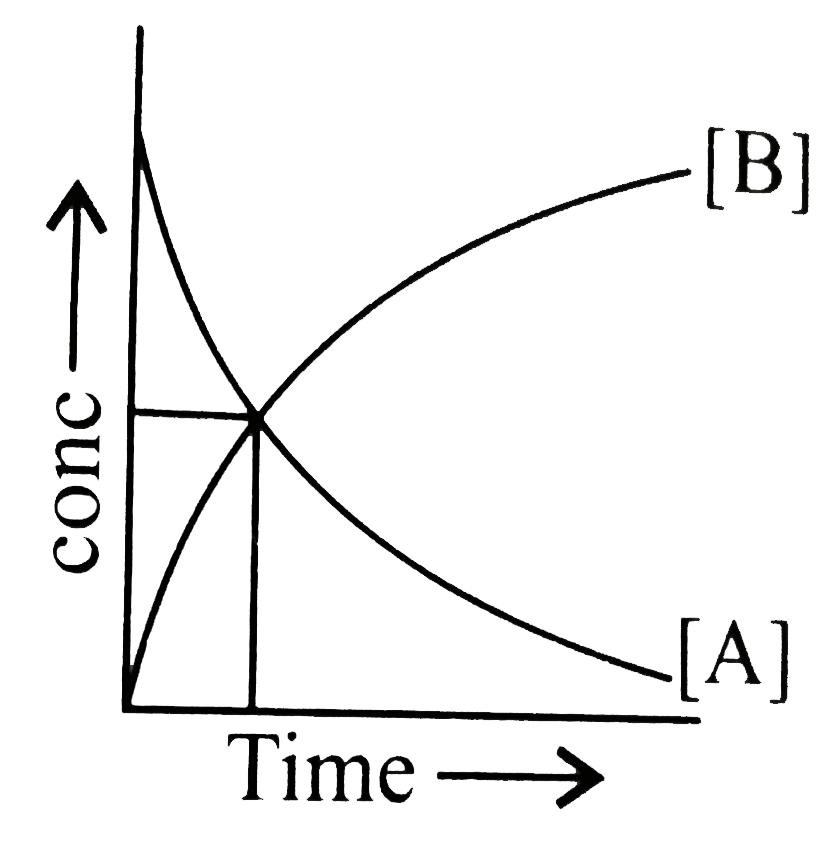The following graph depicts changes in two populations (A and B) of herbivores in a grassy field. A possible reason for these changes is that :

Population A produced more offspring than population B
Population A consumed the members of population B
Both Plant populations in this habitat decreased
Population B completed more successfully for food than population A
The correct Answer is:D
Step by step video & image solution for The following graph depicts changes in two populations (A and B) of herbivores in a grassy field. A possible reason for these changes is that : by Biology experts to help you in doubts & scoring excellent marks in Class 12 exams.
Updated on:21/07/2023Topper's Solved these Questions
- ECOSYSTEMBOOK - A2ZCHAPTER - ECOSYSTEMEXERCISE - Section C: (PREVIOUS YEARS' EXAMINATION QUESTIONS) AIIMS Questions
11 Videos
- ECOSYSTEMBOOK - A2ZCHAPTER - ECOSYSTEMEXERCISE - Section C: (PREVIOUS YEARS' EXAMINATION QUESTIONS) Assertion and reason type questions
6 Videos
- ECOSYSTEMBOOK - A2ZCHAPTER - ECOSYSTEMEXERCISE - Section B: Assertion-reasoning Questions
23 Videos
- BIOTECHNOLOGY: PRINCIPLES AND PROCESSESBOOK - A2ZCHAPTER - BIOTECHNOLOGY: PRINCIPLES AND PROCESSESEXERCISE - Section D: Chapter-end Test
50 Videos
- ENVIRONMENTAL ISSUESBOOK - A2ZCHAPTER - ENVIRONMENTAL ISSUESEXERCISE - Section D : Chapter-end Test
50 Videos
Similar Questions
Knowledge Check
Changing population is -
APopulation growthBPopulation dynamicsCPopulation explosionDPopulation ethologyWhich of the following graphs best depicts the changes in one cycle of PCR ?
A B
B C
C D
D
The accompanying figure depicts a change in concentration of species A and B for the reaction A→B, as a function of time. The point of inter section of the two curves represents
 At1/2Bt3/4Ct2/3DData insufficient to predict
At1/2Bt3/4Ct2/3DData insufficient to predict
The following graph represents enzyme activity with changing

View SolutionGive the determinants of population change?
View SolutionHow is migration a determinant of population change?
View SolutionGive the formula for the change in population size .
View SolutionThe accompanying figure depicts a change in concentration of species A and B for the reaction A→B, as a function of time. The point of inter section of the two curves represents

View Solution

